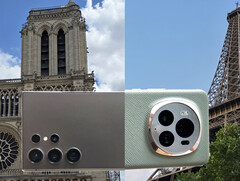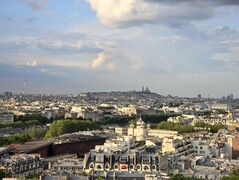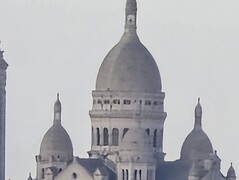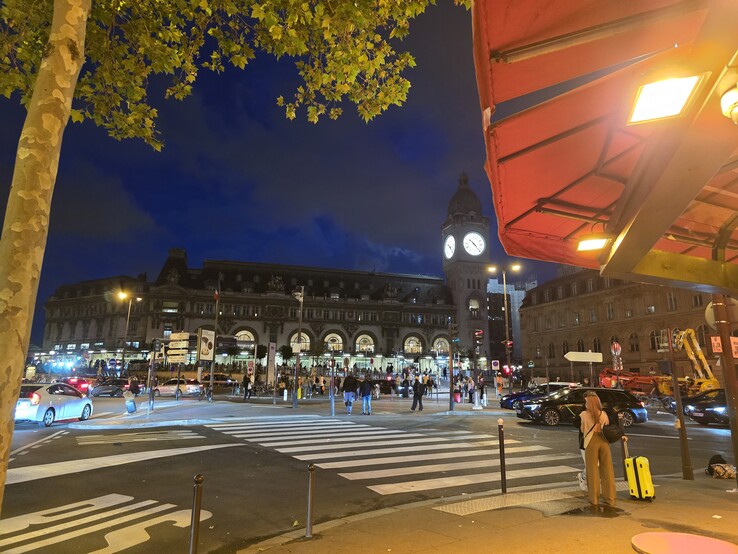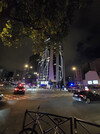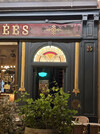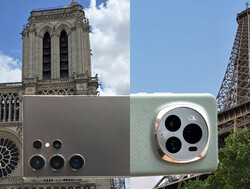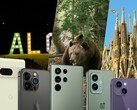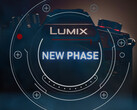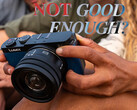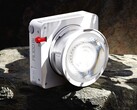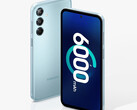The Eiffel tower, Notre-Dame, Sacré-Cœur, Moulin Rouge, Arc de Triomphe – these places of interest in Paris not only have great names, but have also been eternalised in millions of photographs.
Whilst spending a few days in Paris, we wanted to find out which smartphone camera is better at capturing memories for your loved ones or your photo album.
Facts and initial comparison
Here are our two candidates for this comparison:
- Samsung Galaxy S24 Ultra: Available from Amazon starting at €1,025 (US$1,050), the Galaxy S24 Ultra currently tops our list of phones with the best cameras and is also the best phone overall. It features a total of four rear cameras, including a 200MP main shooter. The main camera sensor is made by Samsung, whilst the other rear sensors come from Sony. Alongside the main camera, you’ll find an ultrawide camera, a telephoto camera, and a periscope camera with up to 5x optical zoom. Our Galaxy S24 Ultra review offers a very in-depth look at its camera system.
- Honor Magic6 Pro: Currently ranked third on our list of best smartphones, the Honor Magic6 Pro trails Samsung Galaxy S24 Ultra by a whopping five points in our camera rating. However, the Honor phone is slightly more affordable than the Samsung flagship right now. For example, it can be purchased for less than €1,000 (or around US$1,020) from some online retailers. Although the Honor smartphone only has a 50MP main camera, it boasts a 180MP zoom camera, which unfortunately only offers 2.5x optical zoom. There is also a 50MP ultrawide camera on board.
We took our first photo with the two phones as we approached one of the most famous landmarks in the French capital. The Eiffel Tower soars high into the blue evening sky, which appears much bluer in the photo captured with the Honor Magic6 Pro than in the one created by the Samsung Galaxy S24 Ultra. Certain elements of the scene also look significantly more well brightened, such as the lamp on the top left corner. That said, the Galaxy S24 Ultra’s camera better captured the dramatic cloudy sky and produced a marginally sharper image overall.
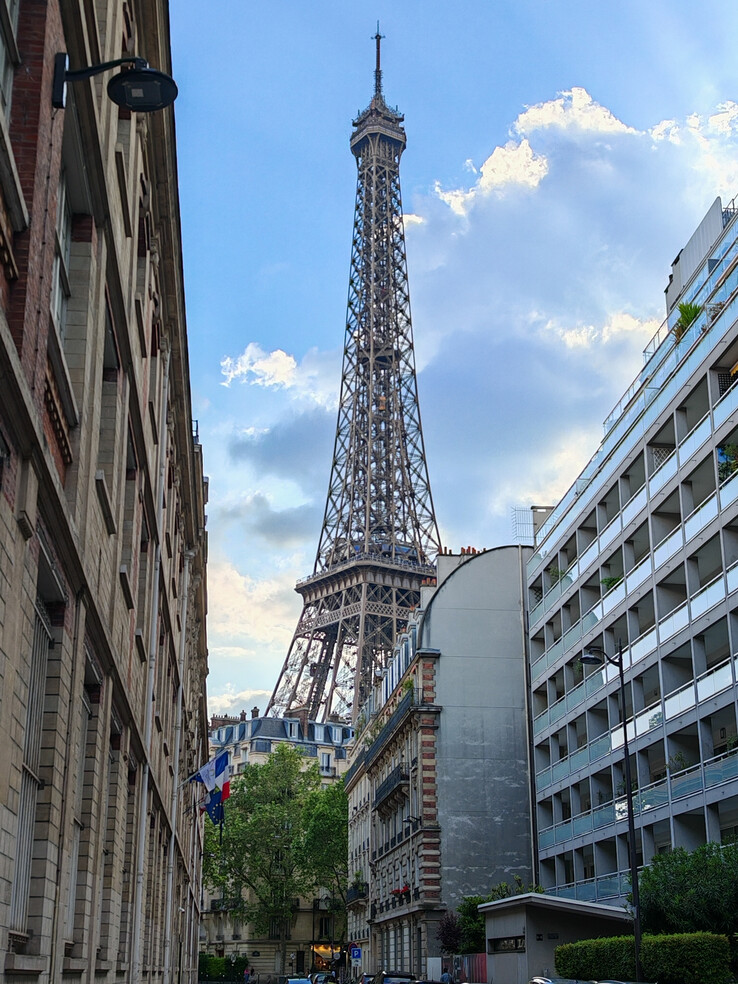
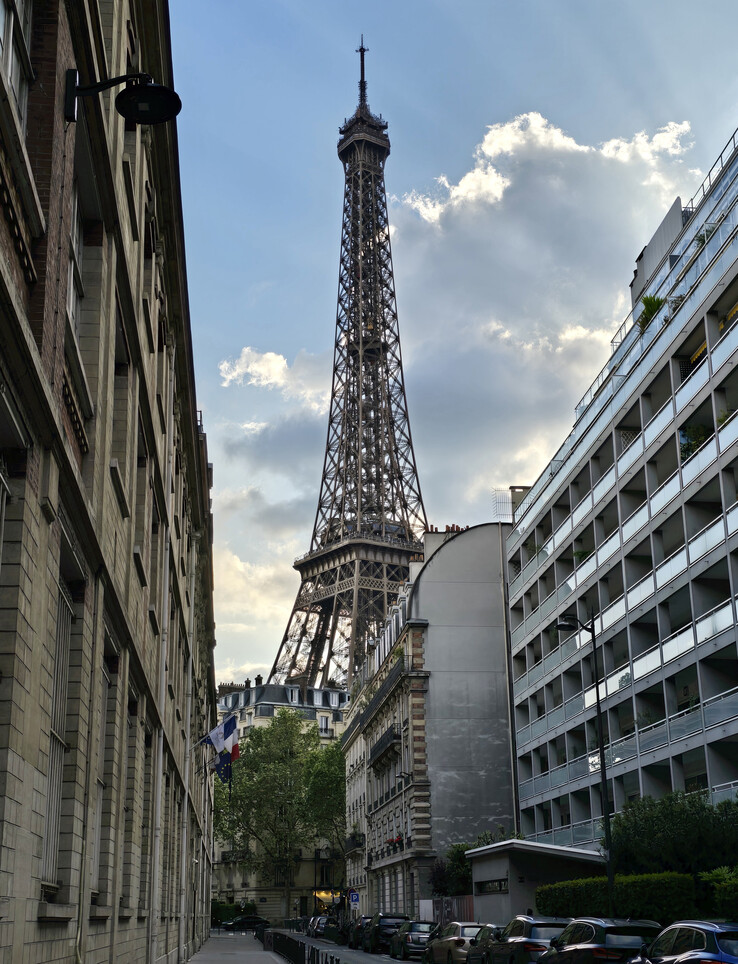
Ascending the Eiffel Tower
We began our ascent of the legendary tower on foot after an extensive security check. After taking our first photo of the iron lattice and its stairs, we observed that the Samsung phone’s camera offers a much wider field of view.
In direct comparison, the scene once again appears slightly brighter on the Honor, yet both cameras have delivered highly detailed photos: many details of the intricate structure are easily recognisable in both images.
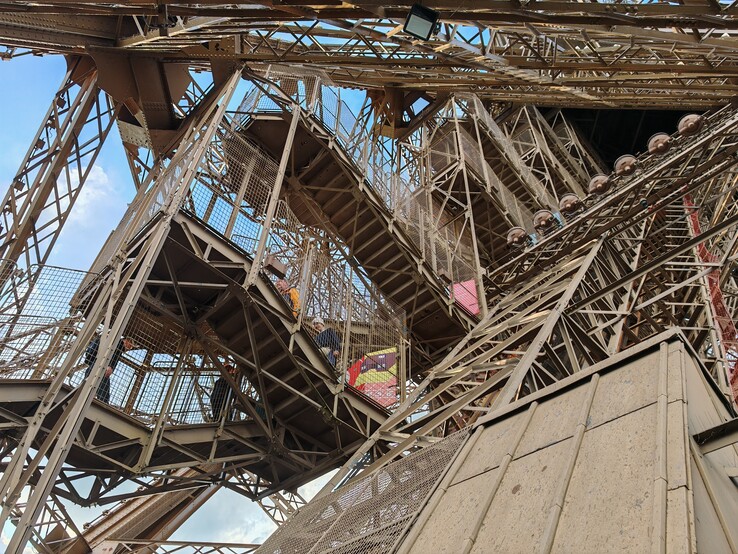
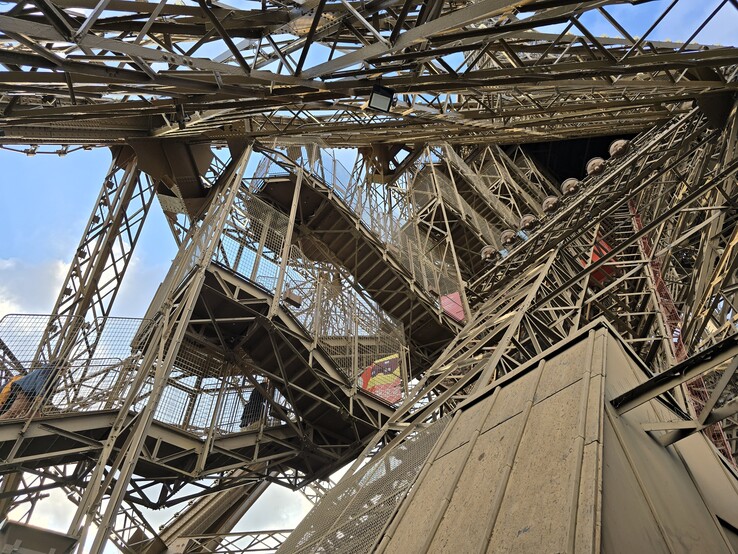
Upon reaching the first platform, we aimed our cameras into the distance, focusing on the temporary Champ-de-Mars Arena constructed at the base of the Eiffel tower for the upcoming Olympics.
The Honor phone produced a clearer photo, whereas the camera on the Samsung phone was slightly better at capturing the mood of the evening light. Enlarging the image to inspect the scaffolding frames next to the stadium, it becomes apparent that fine details are lost on both cameras. After all, we are working with relatively compact smartphone sensors, rather than medium format cameras.
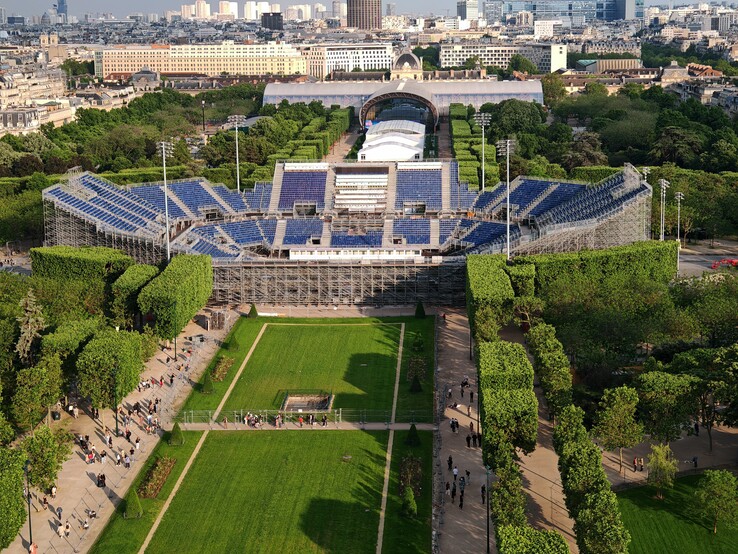
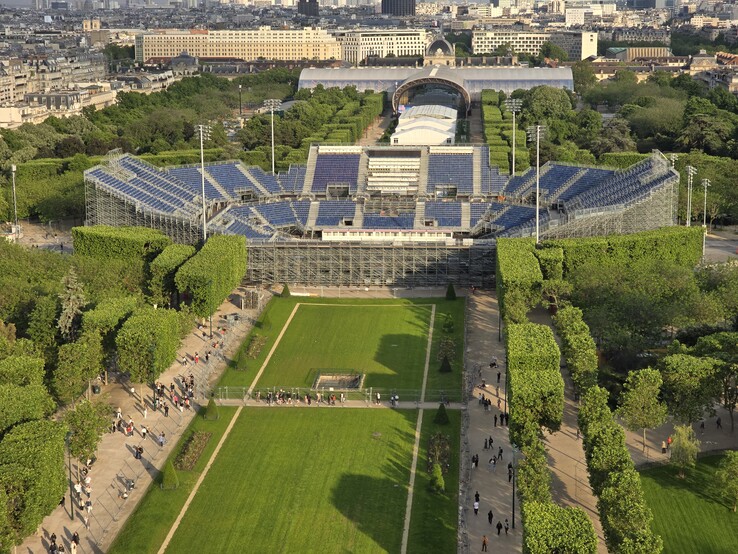
Montmartre at various zoom levels
With the famous Sacré-Cœur Basilica perched on top, the looming Montmartre to our north provided a great opportunity to more closely examine the zoom capabilities of both cameras.
Starting off with the ultrawide camera on the Samsung flagship, we were initially treated to a wide view of the city, and Montmartre, located around 3 km (1.9 mi) away, only appeared as a small elevation in the middle of the image. Switching to the main shooter made the hill more readily visible. Once at 3x zoom, individual details, such as the Orthodox church with its golden domes and the crane at the left edge, suddenly emerged much more prominently. The Sacré-Cœur Basilica also gained significant visibility. Even at this zoom level, details still remain easily recognisable.
The hill became even more prominent at 5x zoom. Beyond this point, digital zoom becomes necessary if you want to get any closer. However images start losing details at 10x zoom. For instance, windows on buildings appear more like holes in the photos we took. The 100x zoom may be very useful as makeshift binoculars, but it produces very rough images.
Nonetheless, it is still impressive how many ways you can capture a scene with modern smartphone camera systems.
We then took a series of similar photos at various zoom levels with the Honor Magic6 Pro. It was immediately obvious that the difference in white balance (i.e. colour reproduction) between the various lenses is higher than on the Galaxy S24 Ultra, which maintains greater consistency in this regard.
The Honor phone offers fewer zoom levels as well as a shorter optical zoom, meaning it needs to switch to digital zoom earlier. We also noticed that the algorithm wasn’t able to get as much out of the images. The Galaxy S24 Ultra has superior image stabilisation, especially at higher zoom levels. The images shot handheld on the Honor Magic6 Pro are a little blurry. This is particularly noticeable at 100x zoom, where the outlines of objects appear shifted.
Paris by night
An evening stroll took us from Gare de Lyon to Île de la Cité, an island in the River Seine. The numerous neon signs, the iconic street cafes and round-the-clock – or more like stop-and-go – traffic provide plenty of rewarding photo subjects.
The Honor Magic6 similarly delivered images with very high contrast, whilst Samsung’s algorithm produced more subdued photos.


The nighttime street scene likewise looks clearer and sharper in the photo shot on the Honor phone. The Galaxy S24 Ultra also need considerably more time to capture a photo in low-light conditions. The significantly longer exposure time likely contributed to the slight blurriness of the image shot on the Samsung phone.


Verdict – It comes down to the situation
During our trip to Paris, it was evident once again that the Samsung Galaxy S24 Ultra and the Honor Magic6 Pro are both exceptional camera phones.
As is already apparent in our extensive comparison of the best camera phones, the differences are minimal, and your preference also plays a role in which photos you like better. Equipped with an additional lens, the Samsung Galaxy S24 Ultra features a more versatile camera system and offers a wider optical zoom range and slightly better image stabilisation overall.
However, we noticed that the Honor Magic6 Pro frequently produced pictures with higher contrast. Some people may perhaps find the colours a little too vivid and bright. The Galaxy S24 Ultra’s colour reproduction is more accurate but then is also less vibrant.
The Honor Magic6 Pro proved to be much faster when shooting photos at night. And the image shown on screen is also much closer to the final result. In contrast, on the Samsung phone, the viewfinder image is often much darker than the final photo.
Both smartphones showcased their expertise in this photo comparison that took place in the City of Light. The Samsung flagship has better zoom performance, but the Honor Magic6 Pro is more versatile at night because it shoots faster in low-light conditions.
We had a very enjoyable time taking photos with the two phones. If you are planning a trip, both flagship phones will allow you to capture fantastic, memorable photos. We recommend the Samsung phone to those who prefer a more true-to-life presentation. For those who do a lot of night photography, you are regularly going to get sharper handheld shots with the Honor phone thanks to its significantly faster shutter speed.




